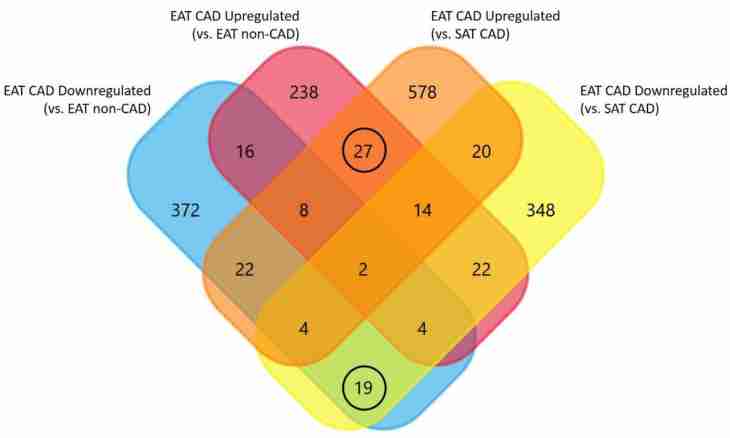The area of permissible values of function cannot be confused with area of values of function. If the first – all this x at which the equation or inequality can be solved, then the second – all values of function, that is at. It is always as quite often found also artfully appear out of this necessary to remember area of permissible values and therefore cannot be the solution of the equation.
It is required to you
- - equation or inequality from a variable.
Instruction
1. Initially as area of permissible values take infinity. That is present that the equation can be solved at all x. After that, using several simple bans of mathematics (it is impossible to divide into zero, expressions under a root of even degree and a logarithm there has to be more than zero), exclude unacceptable values of a variable from ODZ.
2. If the variable x is concluded in expression at the roots of even degree, set a condition: expression under a root there have to be less than zero. Then solve this inequality, exclude the found interval from area of permissible values. Pay attention, it is not necessary to solve all equation – by search of ODZ you solve only its small piece.
3. Pay attention to a division sign. If in expression there is a denominator containing a variable equate it to zero and solve the received equation. Exclude the received values of a variable from area of permissible values.
4. If in expression there is a sign of a logarithm from a variable in the basis, surely put the following restriction: the basis always has to be more than zero and is not equal to unit. If the variable costs under the sign of a logarithm, specify that all expression in brackets has to be more than unit. Solve the received small equations and exclude unacceptable values from ODZ.
5. If in the equation or inequality several roots of even degree, operations of division or logarithms, find inadmissible values separately for each expression. Then unite the decision, subtracting all received results from area of permissible values.
6. Even if you found ODZ and roots received at the solution of the equation satisfy to it, it not always means that these values x are the decision therefore always check correctness of the decision substitution. For example, try to solve the following equation: √ (2kh-1)=-x. All numbers satisfying 2kh-1≥0, that is h1/2 will enter the area of permissible values here. For the solution of the equation square both parts, after simplifications at you one root x =1 will turn out. Pay attention, this root enters ODZ, but at substitution you make sure that it is not the solution of the equation. The final answer – there are no roots.

